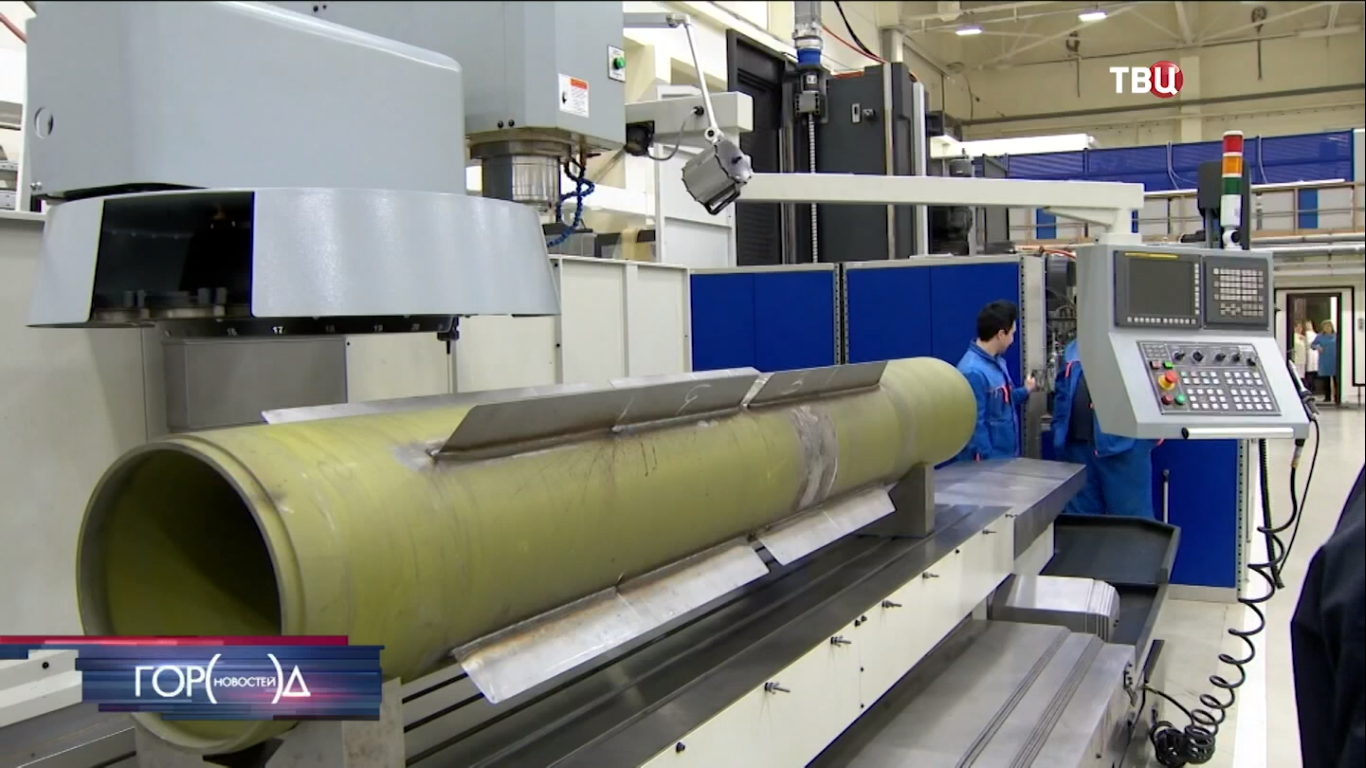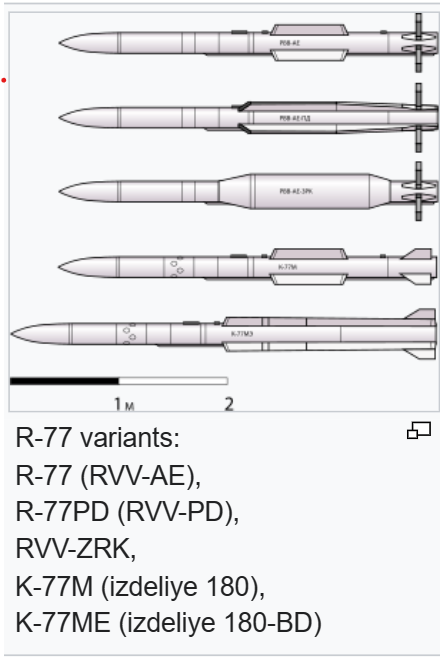rom Shoigu’s visit to Vympel Design Bureau. Screenshot from the video. Ed. 810 – further development of the R-37M in production.



 Re: Russian Air-to-Air missiles
Re: Russian Air-to-Air missiles
GarryB, dino00, thegopnik, LMFS, Hole, lancelot and TMA1 like this post
 Re: Russian Air-to-Air missiles
Re: Russian Air-to-Air missiles Re: Russian Air-to-Air missiles
Re: Russian Air-to-Air missiles
Hole likes this post
 Re: Russian Air-to-Air missiles
Re: Russian Air-to-Air missiles
1. The booster stage for hermes is 210mm for 1st stage and sustainer stage at 130mm, container is 3.5 meters, range is 100kms. The 1st stage achieves 80kms and sustainer stage 20kms. According to brochure the booster and sustainer stage appear to be half and half in length. Assumption that booster stage is still 80kms and 40 seconds of 7000km/hr according to klevok d2 ramjet stage covers 77.77kms so add that to booster stage we get 157.77kms.
zardof and thegopnik like this post

 Re: Russian Air-to-Air missiles
Re: Russian Air-to-Air missileslancelot likes this post

 Re: Russian Air-to-Air missiles
Re: Russian Air-to-Air missilesGarryB wrote:I would agree... the new R-77M should have a significantly expanded flight range so I would say a 300km range model would actually make sense.
Interesting, but they are working on a replacement for the R-37M and the R-37M already reaches 300km from a normal fighter aircraft with a supersonic launch.
I do agree that the missile they are talking about is a scramjet powered R-77. They paused the ramjet powered R-77 to focus on getting the R-77 with a more powerful rocket motor into service faster, but also because changing from a ramjet to a scramjet would also massively boost performance without massively boosting cost.
The replacement for the R-37M is the izd 815 and I rather suspect it will be scramjet powered as well because the range improvements over the R-37 are described as from 1.6 to 9 times further in range, which suggests it can manage its fuel and achieve a significant increase in range by not wasting fuel in flight.
A solid fuelled rocket has a fixed burn rate... so they normally bake it in layers, so the inner layer burns fast and hot and generates the most thrust and that is for launching the missile clear of the aircraft carrying the weapon and enabling the missile to climb from where it was launched to a higher altitude with thinner colder air so it can fly faster and further. The next layer traditionally is not as energetic and burns for much much longer so the first layer accelerates and climbs to thin air and low drag where it can fly faster for a given level of thrust as the fuel burns the missile gets lighter of course but it burns from the centre outwards so the remaining fuel acts to support the walls of the missile so the walls of the missile can be made thinner and lighter making the missile thinner and lighter...
The improved R-77 with the rocket motor presumably has more powerful rocket fuel and it has an extra "layer" that can be ignited as it approaches the target for extra energy for manouvering. So effectively you launch it and it climbs and accelerates and the cruises to the target and then as it approaches its target it lights up the third stage rocket motor and accelerates towards the target will lots of flight energy for harder turns.
The core problem with solid rocket motors is that they fuel is fixed... the high energy fuel will burn at full speed till it burns out and then the next layer of fuel starts burning immediately afterwards. The second fuel basically counters drag and helps the missile maintain speed for a long cruise to the target area.
There is no control over how long the high energy fuel burns for or when it stops and the lower energy fuel starts.
In comparison a ramjet or scramjet can be throttled.
At a given altitude the top speed of the missile is largely fixed so any extra thrust is wasted and as the missile climbs and accelerates the faster it can go, but if you imagine a solid rocket fuel motor being full throttle for the first 30 seconds and then idle for the next 5 minutes there is a huge difference between launching from a standing start sitting on a motorway that is flat and level and starting from the bottom of a very steep hill.
A ramjet and a scramjet means you can use a throttle to spend the fuel more efficiently, but it is not as clear cut as it seems.
Many people wonder why fighter aircraft use afterburner for takeoff and the reason is that burning lots of fuel to get airborne and up to a decent flight speed is fuel well spent because all the time flying at very low speeds is more time in the air not getting very far. Using 3 times more fuel to gain height and speed means getting where you are going faster and eventually you throttle back and maintain a higher speed which makes you more fuel efficient.
If you think about sitting on the side of the road on a motorway, you use a lot of accelerator pedal to accelerate through the gears to get to motorway speed as fast as you can. In 30 seconds you might use more fuel than you would at idle in a high gear for two minutes, but if you just put it in high gear and idled for two minutes you wont travel 100m because you will be going slow. Using the accelerator and burning more fuel you get up to motorway speed quickly and then you can idle along the flat motorway and move at 100km/h at idle instead of maybe 10km/h at idle if you didn't use the accelerator.
This means that a flight efficient flight profile for a ramjet or a scramjet is to use a high throttle setting to climb and accelerate as much as possible... the higher you get the faster you will go for a given throttle setting. The extra energy you burn in the climb you can normally recover part of it in the descent on the target, but flying at mach 10 at 50km altitude using a medium throttle setting is going to get you to the target much faster than flying at mach 4 at sea level at max throttle because of the enormous drag at that altitude.
Even when you know it is coming how do you dodge a threat approaching at 3km per second?
Two seconds before impact and the missile is 6km away... half a second before impact it will be 1.5km away... how much of a manouver can you perform in half a second to dodge such a threat? A threat you will likely never see, because 100m from your aircraft it might explode... the entire missile might be rigged to shatter into thousands of pieces that will shatter your aircraft with a warhead of small metal balls and bits of missile moving probably 7 to 8 times the speed of sound when it impacts you.
RDX plastic explosive detonates at about 3km/s...
They have a whole range of new air launched missiles including air to air and air to ground, and one of the interesting ones is the replacement for the Kh-31 that will use scramjet propulsion.
The interesting thing about scramjets is that it offers solid rocket fuel levels of thrust and speed, for jet engine fuel efficiency and duration.
1. The booster stage for hermes is 210mm for 1st stage and sustainer stage at 130mm, container is 3.5 meters, range is 100kms. The 1st stage achieves 80kms and sustainer stage 20kms. According to brochure the booster and sustainer stage appear to be half and half in length. Assumption that booster stage is still 80kms and 40 seconds of 7000km/hr according to klevok d2 ramjet stage covers 77.77kms so add that to booster stage we get 157.77kms.
If you are talking about scramjets as opposed to ramjets then the smaller the solid rocket booster is the better because the scramjet is actually more powerful and more efficient. The first model Hermes don't have two powered stages... the solid rocket booster accelerates the missile to about 1.3km/s and then the front missile is narrower for low drag and is unpowered and coasts towards the target area.
With the plans for the front missile component to be powered too then it actually makes sense to make it full calibre to fill out the tube so instead of a 210mm tube for the 210mm calibre booster and a 130mm calibre missile it would be a 210 calibre tube with a 210 calibre booster and a 210mm calibre missile. The extra volume of the missile carrying a lot of fuel to accelerate the missile and allow it fly much further and also manouver on its way into the target to evade air defences on the way in without losing too much speed.
Those solid rocket boosters are used for sounding rockets and come in three or four sizes for different throw weights and burn out speeds. The SOSNA and SA-19/22 (Tunguska/Pantsir) all use them on different models. AFAIK the 210mm calibre boosters are used for the 40-45km range Pantsirs, while smaller boosters are used for the 20km and 10km versions respectively. I suspect the new anti drone missiles where four missiles are mounted in the space of each tube probably also have a new booster of much smaller calibre to fit four in the space of one 210mm booster tube.
A scramjet powered R-77 wont be a two stage missile. It is intended for internal carriage in internal weapon bays so they wont make it long.
The fuel efficiency of a scramjet means a built in solid rocket motor inside the scramjet tube will accelerate and allow the missile to climb and then the scramjet can take over and accelerate and climb to any altitude you want and very high speed... by weight it is 3-4 times more efficient than solid rocket fuel.
 Re: Russian Air-to-Air missiles
Re: Russian Air-to-Air missiles


 Re: Russian Air-to-Air missiles
Re: Russian Air-to-Air missiles